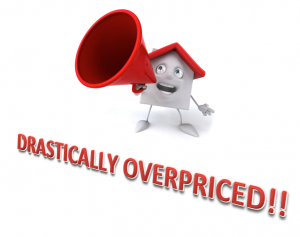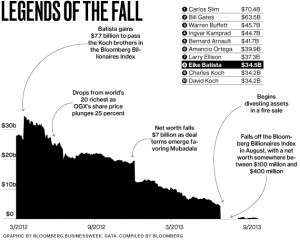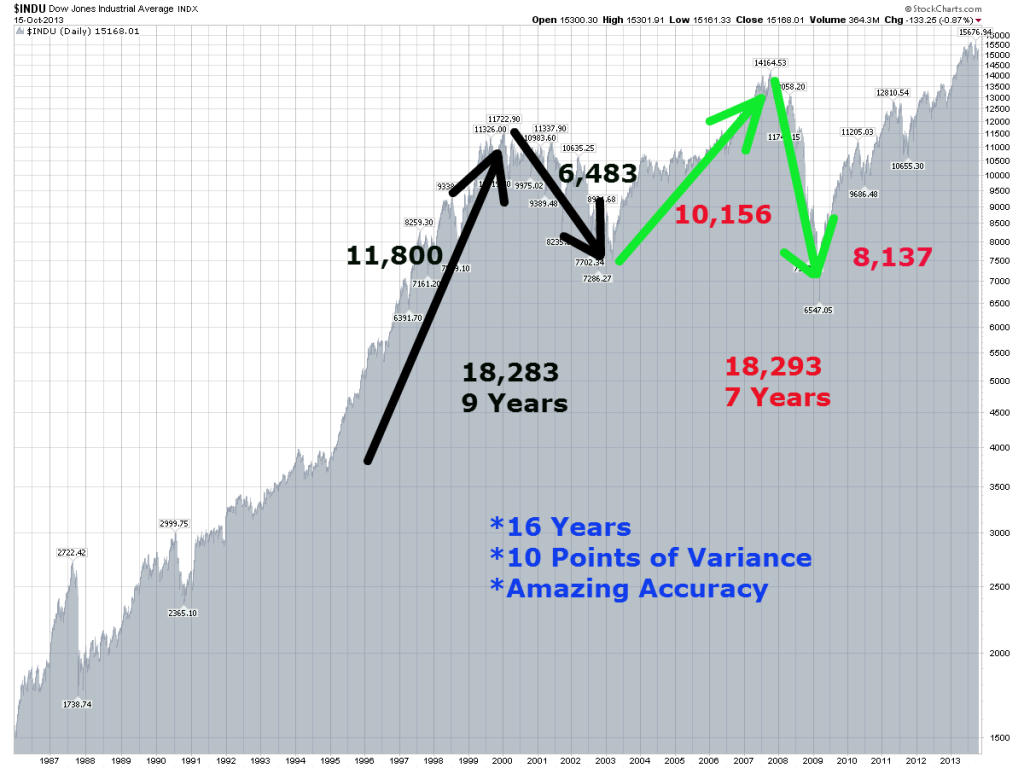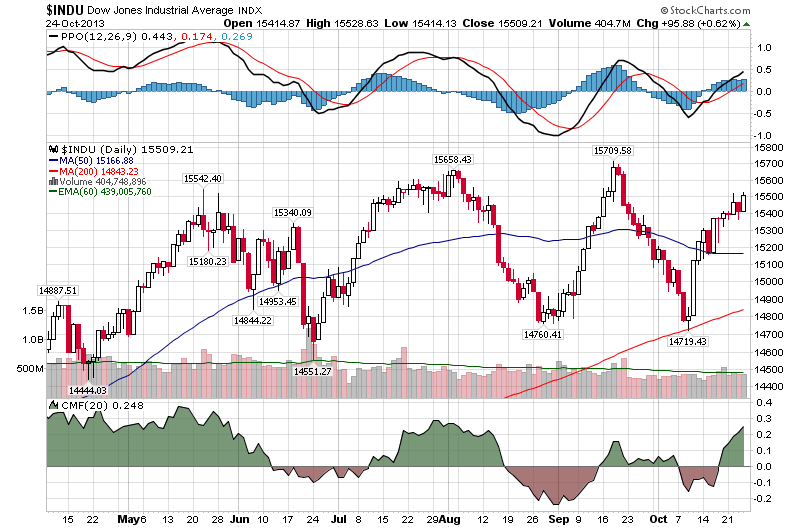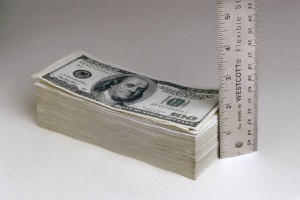Bloomberg Writes: Banning Spying Would Be as Effective as a Ban on Sex
The uproar in Europe over spying by the U.S. National Security Agency has led to calls for a treaty or code of conduct to limit espionage. To understand why this is naive, imagine a treaty to ban sex. It would be honored in the breach. States, too, have an overwhelming natural impulse: to spy.
Spying is (or was until Edward Snowden) largely covert; no one freely admits to doing it. It is also one of the last preserves of the absolute sovereign, unconstrained by law — think Louis XIV in a trench coat. This is one reason why there are international laws for trade, travel and warfare, but almost none governing espionage, except the one that allows spies to be shot if captured in civilian clothes.
It is mind boggling to me that we live in a country that has a massive surveillance program that essentially spies on everyone in the world, yet this same country can’t put together a working healthcare website after spending $500 Million on it. Something doesn’t add up. Either way, let’s take a look at this issue from a different perspective.
The question is, why does the US need to spy at all?
Of course a certain level is of spying in necessary, but to do it to the extent that NSA does it is absolutely crazy. For example, I am sure the NSA will scan this blog post, identify various keywords (like NSA), assign it to my profile and probably run it through some sort of a filter to determine if someone needs to look into it further. Okay, but why?
Powerful nations or people do not do this. They are confident enough in their abilities to control their environment. Only those who are scared (politically and economically), reserve to these types of behaviors. Unfortunately, somehow the US became the nation of fear propagated by its own government.
The upcoming Bear Market will only make things worse. Oh, and of course they know everything about your sex life as well.
Did you enjoy this post? If so, please share our blog with your friends as we try to get traction. Gratitude!!!


